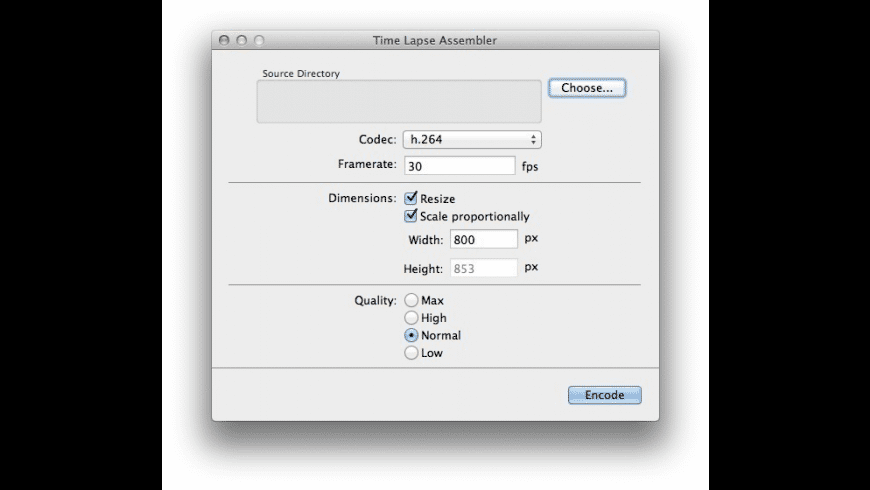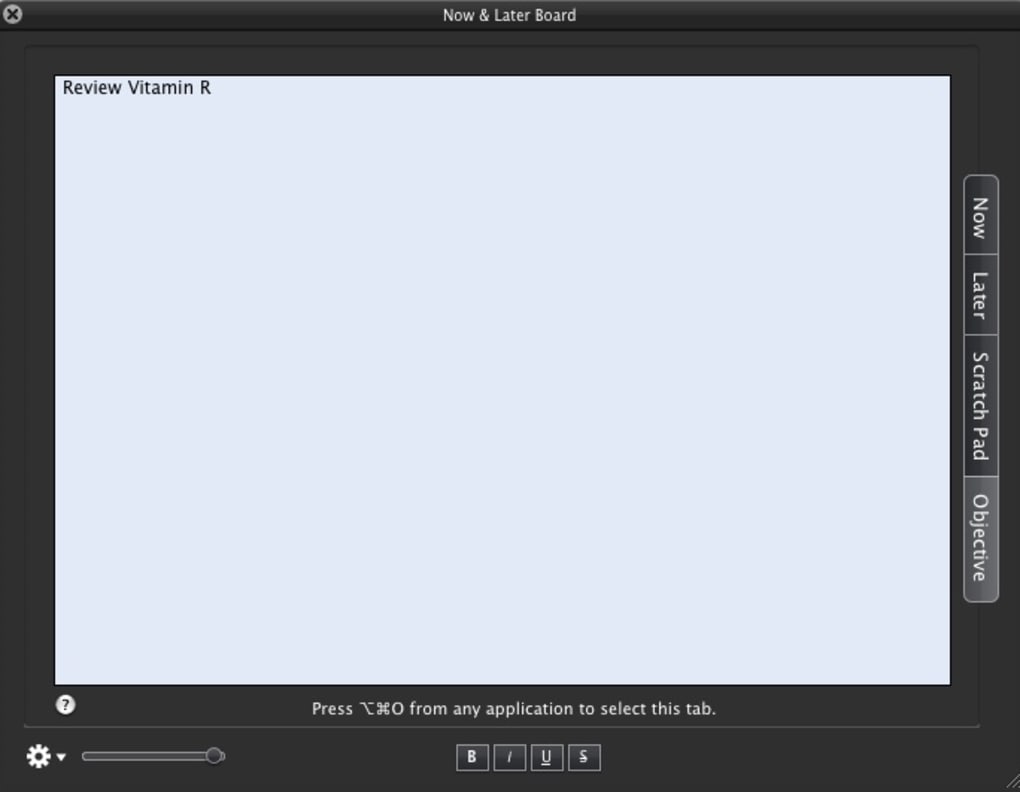- One Time Pad is an easy to use personal encryption program using the elegant one time pad encryption technique. Great for students of cryptology or those who want to send encrypted messages.
- FocusHacks wrote: I am looking for software implementations of one-time pad encryption. Ideally, these would be cross platform, and command line open-source would be even better. I have only found pseudo-one-time-pad software (like otp4u.
Whale lets you encrypt files with an algorithm based on the principle of the OTP (one - time - pad) method. If the encrypted files are being stored separately, it offers perfect security (the encryption is unbreakable). To encrypt a file, click the Encrypt.
In cryptography, a message authentication code (MAC), sometimes known as a tag, is a short piece of information used to authenticate a message—in other words, to confirm that the message came from the stated sender (its authenticity) and has not been changed. The MAC value protects both a message's data integrity as well as its authenticity, by allowing verifiers (who also possess the secret key) to detect any changes to the message content.
Definitions[edit]
Informally, a message authentication code system consists of three algorithms:
- A key generation algorithm selects a key from the key space uniformly at random.
- A signing algorithm efficiently returns a tag given the key and the message.
- A verifying algorithm efficiently verifies the authenticity of the message given the key and the tag. That is, return accepted when the message and tag are not tampered with or forged, and otherwise return rejected.
For a secure unforgeable message authentication code, it should be computationally infeasible to compute a valid tag of the given message without knowledge of the key, even if for the worst case, we assume the adversary can forge the tag of any message except the given one.[1]
Formally, a message authentication code (MAC) system is a triple of efficient[2] algorithms (G, S, V) satisfying:
- G (key-generator) gives the key k on input 1n, where n is the security parameter.
- S (signing) outputs a tag t on the key k and the input string x.
- V (verifying) outputs accepted or rejected on inputs: the key k, the string x and the tag t.
S and V must satisfy the following:
- Pr [ k ← G(1n), V( k, x, S(k, x) ) = accepted ] = 1.[3]
A MAC is unforgeable if for every efficient adversary A
- Pr [ k ← G(1n), (x, t) ← AS(k, · )(1n), x ∉ Query(AS(k, · ), 1n), V(k, x, t) = accepted] < negl(n),
where AS(k, · ) denotes that A has access to the oracle S(k, · ), and Query(AS(k, · ), 1n) denotes the set of the queries on S made by A, which knows n. Clearly we require that any adversary cannot directly query the string x on S, since otherwise a valid tag can be easily obtained by that adversary.[4]
One Time Pad Software Machine
Security[edit]
While MAC functions are similar to cryptographic hash functions, they possess different security requirements. To be considered secure, a MAC function must resist existential forgery under chosen-plaintext attacks. This means that even if an attacker has access to an oracle which possesses the secret key and generates MACs for messages of the attacker's choosing, the attacker cannot guess the MAC for other messages (which were not used to query the oracle) without performing infeasible amounts of computation.
MACs differ from digital signatures as MAC values are both generated and verified using the same secret key. This implies that the sender and receiver of a message must agree on the same key before initiating communications, as is the case with symmetric encryption. For the same reason, MACs do not provide the property of non-repudiation offered by signatures specifically in the case of a network-wide shared secret key: any user who can verify a MAC is also capable of generating MACs for other messages. In contrast, a digital signature is generated using the private key of a key pair, which is public-key cryptography[2]. Since this private key is only accessible to its holder, a digital signature proves that a document was signed by none other than that holder. Thus, digital signatures do offer non-repudiation. However, non-repudiation can be provided by systems that securely bind key usage information to the MAC key; the same key is in the possession of two people, but one has a copy of the key that can be used for MAC generation while the other has a copy of the key in a hardware security module that only permits MAC verification. This is commonly done in the finance industry.[citation needed]

Message integrity codes[edit]
The term message integrity code (MIC) is frequently substituted for the term MAC, especially in communications,[5] to distinguish it from the use of MAC meaning MAC address (for media access control address). However, some authors[6] use MIC to refer to a message digest, which is different from a MAC – a message digest does not use secret keys. This lack of security means that any message digest intended for use gauging message integrity should be encrypted or otherwise be protected against tampering. Message digest algorithms are created such that a given message will always produce the same message digest assuming the same algorithm is used to generate both. Conversely, MAC algorithms are designed to produce matching MACs only if the same message, secret key and initialization vector are input to the same algorithm. Message digests do not use secret keys and, when taken on their own, are therefore a much less reliable gauge of message integrity than MACs. Because MACs use secret keys, they do not necessarily need to be encrypted to provide the same level of assurance.
RFC 4949 recommends avoiding the term 'message integrity code' (MIC), and instead using 'checksum', 'error detection code', 'hash', 'keyed hash', 'message authentication code', or 'protected checksum'.
Implementation[edit]
MAC algorithms can be constructed from other cryptographic primitives, like cryptographic hash functions (as in the case of HMAC) or from block cipher algorithms (OMAC, CCM, GCM, and PMAC). However many of the fastest MAC algorithms like UMAC-VMAC and Poly1305-AES are constructed based on universal hashing.[7]
Intrinsically keyed hash algorithms such as SipHash are also by definition MACs; they can be even faster than universal-hashing based MACs.[8]
Additionally, the MAC algorithm can deliberately combine two or more cryptographic primitives, so as to maintain protection even if one of them is later found to be vulnerable. For instance, in Transport Layer Security (TLS), the input data is split in halves that are each processed with a different hashing primitive (SHA-1 and SHA-2) then XORed together to output the MAC.
Standards[edit]
Various standards exist that define MAC algorithms. These include:
- FIPS PUB 113 Computer Data Authentication,[9] withdrawn in 2002,[10] defines an algorithm based on DES.
- FIPS PUB 198-1 The Keyed-Hash Message Authentication Code (HMAC)[11]
- ISO/IEC 9797-1Mechanisms using a block cipher[12]
- ISO/IEC 9797-2 Mechanisms using a dedicated hash-function[13]
ISO/IEC 9797-1 and -2 define generic models and algorithms that can be used with any block cipher or hash function, and a variety of different parameters. These models and parameters allow more specific algorithms to be defined by nominating the parameters. For example, the FIPS PUB 113 algorithm is functionally equivalent to ISO/IEC 9797-1 MAC algorithm 1 with padding method 1 and a block cipher algorithm of DES.
An example of MAC use[edit]
[14]In this example, the sender of a message runs it through a MAC algorithm to produce a MAC data tag. The message and the MAC tag are then sent to the receiver. The receiver in turn runs the message portion of the transmission through the same MAC algorithm using the same key, producing a second MAC data tag. The receiver then compares the first MAC tag received in the transmission to the second generated MAC tag. If they are identical, the receiver can safely assume that the message was not altered or tampered with during transmission (data integrity).
One Time Pad Software Mac Download
However, to allow the receiver to be able to detect replay attacks, the message itself must contain data that assures that this same message can only be sent once (e.g. time stamp, sequence number or use of a one-time MAC). Otherwise an attacker could – without even understanding its content – record this message and play it back at a later time, producing the same result as the original sender.
One-time MAC[edit]
Universal hashing and in particular pairwise independent hash functions provide a secure message authentication code as long as the key is used at most once. This can be seen as the one-time pad for authentication.[15]
The simplest such pairwise independent hash function is defined by the random key key = (a,b), and the MAC tag for a message m is computed as tag = (am + b) mod p, where p is prime.
More generally, k-independent hashing functions provide a secure message authentication code as long as the key is used less than k times for k-ways independent hashing functions.
See also[edit]
- Hash-based message authentication code (HMAC)
Notes[edit]
- ^The strongest adversary is assumed to have access to the signing algorithm without knowing the key. However, her final forged message must be different from any message she chose to query the signing algorithm before. See Pass's discussions before def 134.2.
- ^ abTheoretically, an efficient algorithm runs within probabilistic polynomial time.
- ^Pass, def 134.1
- ^Pass, def 134.2
- ^IEEE 802.11: Wireless LAN Medium Access Control (MAC) and Physical Layer (PHY) Specifications(PDF). (2007 revision). IEEE-SA. 12 June 2007. doi:10.1109/IEEESTD.2007.373646. ISBN978-0-7381-5656-9.
- ^Fred B Schneider, Hashes and Message Digests, Cornell University
- ^'VMAC: Message Authentication Code using Universal Hashing'. CFRG Working Group. CFRG Working Group. Retrieved 16 March 2010.
- ^Jean-Philippe Aumasson & Daniel J. Bernstein (2012-09-18). 'SipHash: a fast short-input PRF'(PDF).
- ^'FIPS PUB 113 Computer Data Authentication'. Archived from the original on 2011-09-27. Retrieved 2010-10-10.
- ^'Federal Information Processing Standards Publications, Withdrawn FIPS Listed by Number'. Archived from the original on 2010-08-01. Retrieved 2010-10-10.
- ^The Keyed-Hash Message Authentication Code (HMAC)
- ^ISO/IEC 9797-1 Information technology — Security techniques — Message Authentication Codes (MACs) — Part 1: Mechanisms using a block cipher
- ^ISO/IEC 9797-2 Information technology — Security techniques — Message Authentication Codes (MACs) — Part 2: Mechanisms using a dedicated hash-function
- ^'Mac Security Overview', Mac® Security Bible, Wiley Publishing, Inc., 2011-11-01, pp. 1–26, doi:10.1002/9781118257739.ch1, ISBN9781118257739
- ^Simmons, Gustavus (1985). 'Authentication theory/coding theory'. Advances in Cryptology: Proceedings of CRYPTO 84. Berlin: Springer. pp. 411–431. ISBN0387156585.
References[edit]
- Goldreich, Oded (2001), Foundations of cryptography I: Basic Tools, Cambridge: Cambridge University Press, ISBN978-0-511-54689-1
- Goldreich, Oded (2004), Foundations of cryptography II: Basic Applications (1. publ. ed.), Cambridge [u.a.]: Cambridge Univ. Press, ISBN978-0-521-83084-3
- Pass, Rafael, A Course in Cryptography(PDF), retrieved 31 December 2015[1]
External links[edit]
- ^11-12-20C8

Boot Camp Control Panel User Guide

You can set trackpad options that’ll affect clicking, secondary clicking, dragging, and more. Depending on your trackpad, you see only some of these configuration options.
In Windows on your Mac, click in the right side of the taskbar, click the Boot Camp icon , then choose Boot Camp Control Panel.
If a User Account Control dialog appears, click Yes.
Click Trackpad.
In the One Finger section, select any of the following:
Tap to Click: Lets you tap the trackpad to click.
Dragging: Lets you move an item by tapping it, then immediately placing your finger on the trackpad and moving your finger.
Drag Lock: Lets you tap the trackpad to release an item after dragging it.
Secondary Click: Lets you perform a secondary click by placing one finger in a corner of the trackpad and clicking. Choose the corner you want from the pop-up menu.
Under Two Fingers, select Secondary Click to be able to perform a secondary click by placing two fingers on the trackpad, then clicking.
Comments are closed.